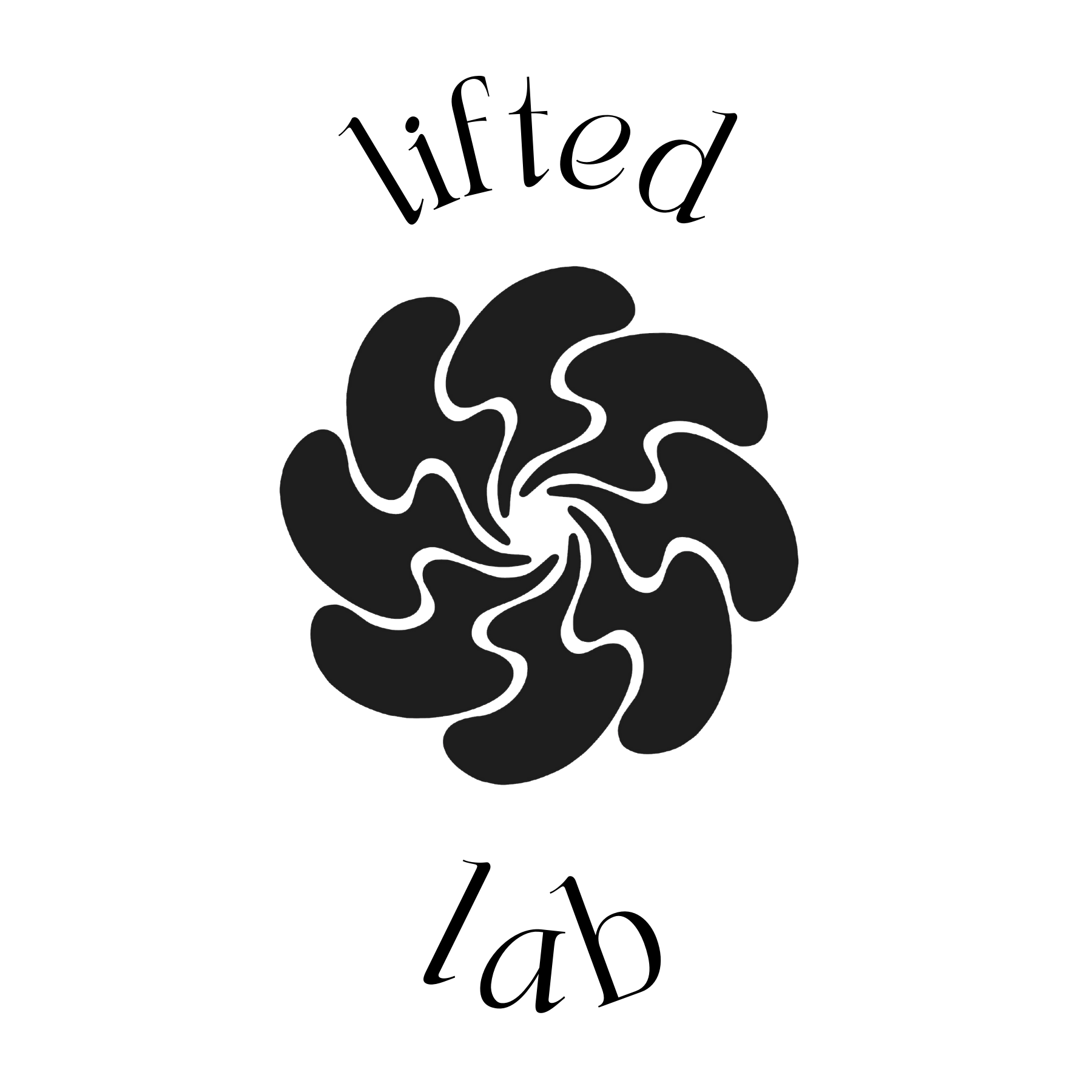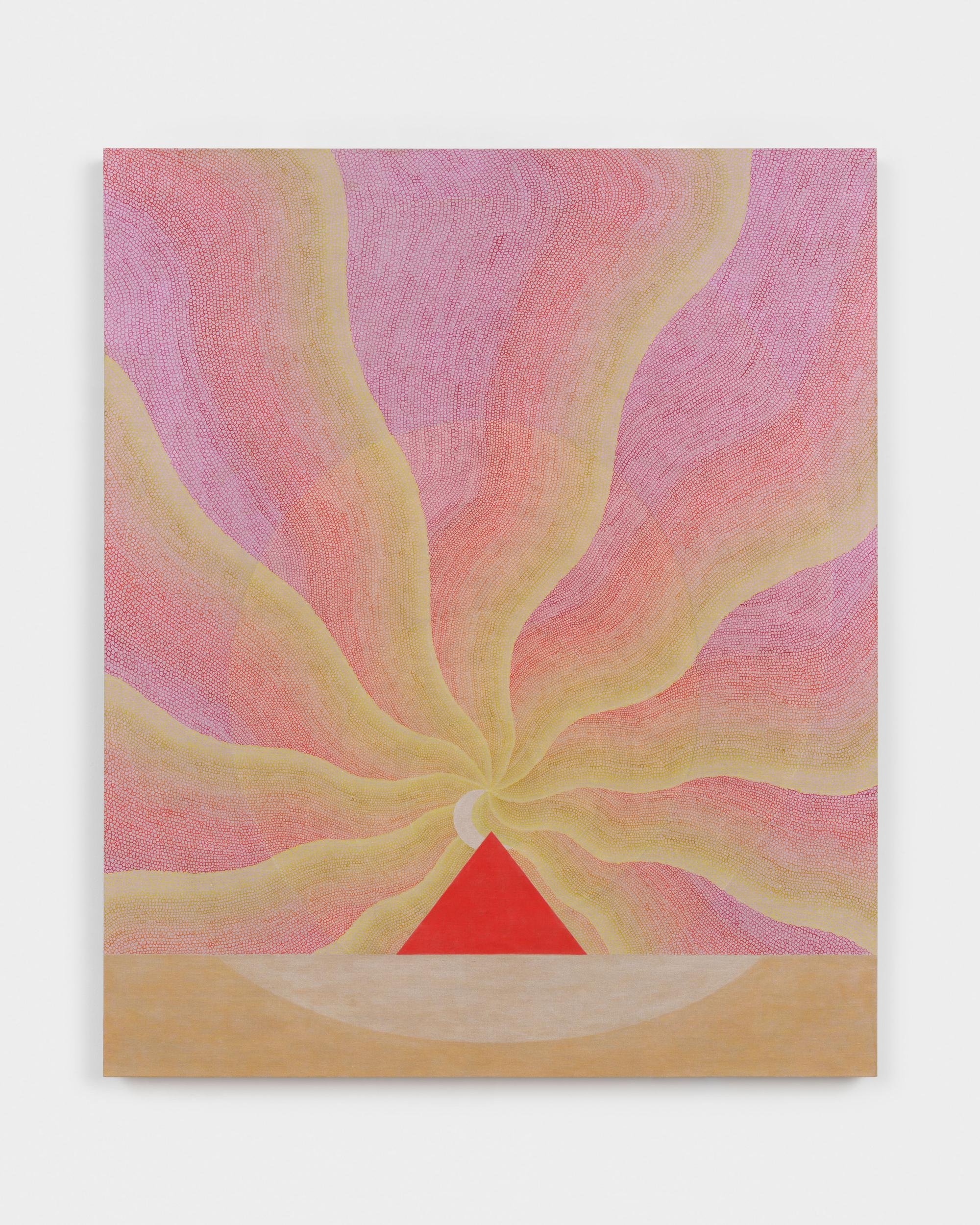Claire Colette: Heavenly Bodies


















For the artist’s first solo exhibition with the gallery, eight works on canvas advance a vocabulary of interlocking texture, pattern, and symbols in composited striations. Embedded in pigments, ash, salt, resin incense, cedar, dried flowers, iodine, and blood fuse colors with the animistic potential of natural elements. Blended with acrylics and molding paste in palettes of dusk and dawn, bewitching surfaces are textured in granular hues. Considering the works’ earthly yet transcendent mediums coupled with formal concerns of space and color, it’s worth considering duration, observance, and ceremony within the ingredients constituting the canvases.
Perpendicular planes and diffused diagonal light beams draft interlaced swaths of delicate color tinctures that echo in rhythmic plaid pulses. Here, variations are generated not in spite of rules and restrictions but manifested by way of confines and containment. Repeating the form of an intersection, crosses that form the work’s overall patterns reappear as small reflective x-points that amass in larger constellations. Like moves being played across an ancient game board, the repeated sequences seem to map something cyclical, alchemical, or occult. In starts and fits, raised lines of element-infused paste not only map and divide the framework beneath but continue to wrap around the canvas’ edges, encasing and “sealing” them in three-dimensional space. Other lines textured with earthly substances plot out mysterious sigils and symbolic shapes. Specific characters, such as a continual line that angles into a slanted star, are repeated like a choreography throughout Colette’s larger lexicon. Tracing a gesture, the symbol renders ritualized movement visible.
While influenced by cross-disciplinary practices, the paintings build a sensibility, keep with a logic, maintain a grammar that’s rooted in painting’s formalist fundamentals. Hereby, built-in constraints and concerns, such as illusions of optical depth, acknowledgment of flatness, and origins of symbolic representation serve as a substrate on which a model, a proposition for freedom can take form. As Rosalind Krauss describes in Optical Unconscious, the works maintain a “tension of an illusioned three-dimensional volume without violating the two-dimensional integrity.” Derived from a flat plane’s edges, the grids, boundaries, and lines that chart structure culminate in a “geometric anamorphosis” or dimensional illusion that can be entered by the eye. A space that is, in short, virtual. While angular and mirrored, the hazy-hued compositions deny resolving in perfect symmetry. Rather, the canvases, like bodies, must live within fluctuations between expansion and contraction, potential and limit.
Turning to Offering For Dread Persephone, the title not only conjures sacrificial totems but the archetype of Persephone enters as well. As both goddess of fertile soil and queen of the underworld, Persephone could be the exhibition’s “ghost in the machine”, meditating on the meeting point between decay and rebirth–where elements fuse with sentience. While individually working as models to observe how feral energy might be bound and confined, Colette’s project at large offers a foundational definition of technology as any control or manipulation of nature’s patterns and cycles. Merging notions of ancient and contemporary visual rituals, the works multiply self-generating questions that give form to expansive and enveloping mystery.
Press release and images via Micki Meng.


